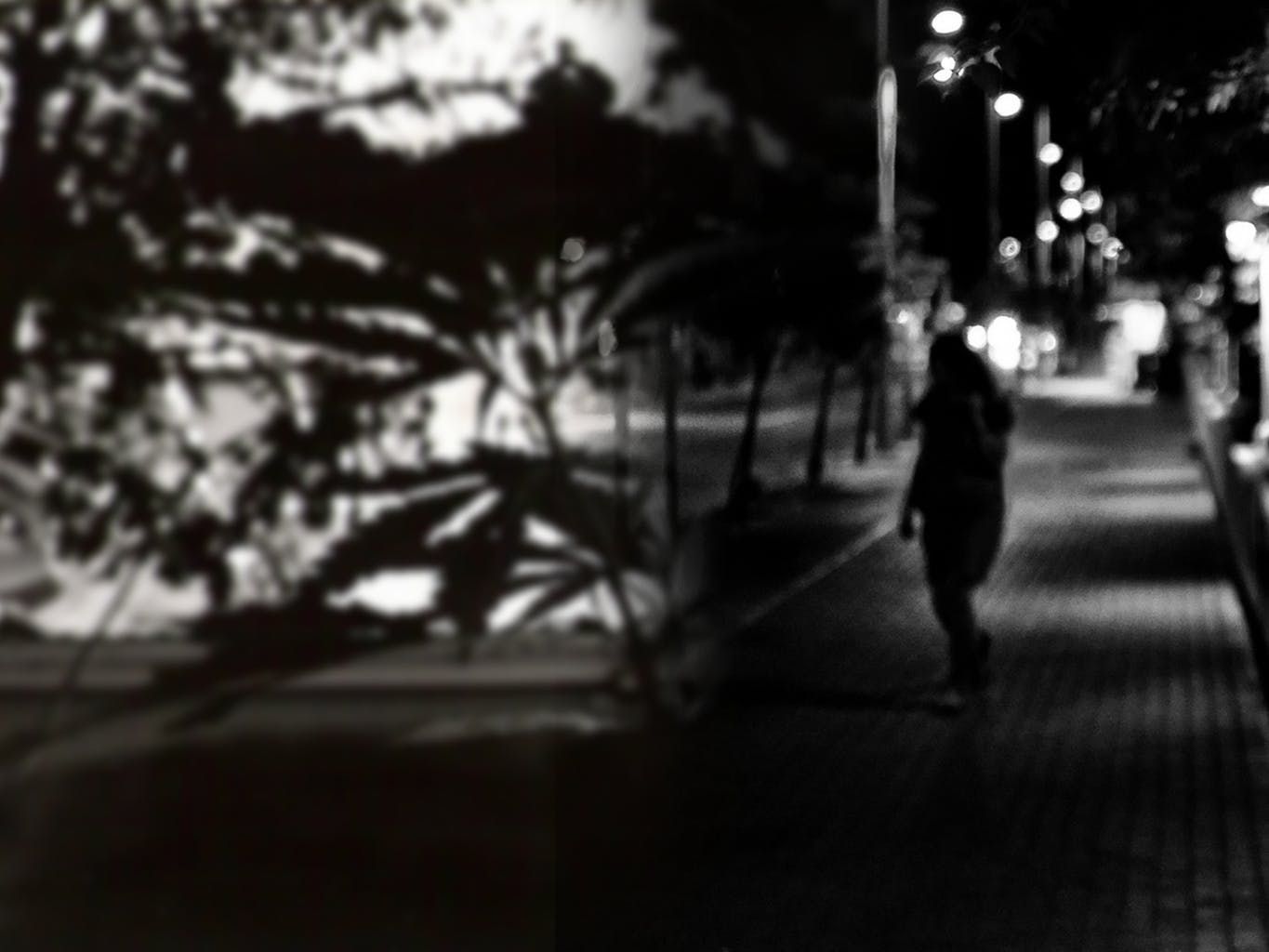Are you so cozy with your drug dealer you send him or her Christmas cards? Maybe you’ve had this ongoing relationship for quite some time, perhaps for years, and you’re just fine with it. You get your pot easily and receive what you feel is a private, friendly and expedient service. Your dealer reaps the monetary reward and has a thriving social life as a result. Here’s the catch though; you have no idea what you’re really getting, and in many cases it may be very hazardous to your health. Not just a little, but a lot.
One of our guiding principles at HelloMD is that patients deserve access to safe medicine. For this reason, we are in favor of industry regulation, which includes consistent lab testing. Many people believe that cannabis is safe because it is a plant and as such, it is all natural. In some cases this is true, however by the time most people receive their cannabis it has passed through many hands and gone through many different chemical processes i.e., it may be far from ‘natural’ and closer to toxic. If you get your cannabis from your local drug dealer, you may be ingesting a wide array of nasties, unbeknownst to yourself and your well-intentioned ‘friend’.
The top 5 reasons to stop buying weed from your dealer:
1. Microbial Material
Here is just a small sampling of microbial material that shows up in cannabis: Ecoli, yeast, botrytis (fungus), toilet water bacteria, and the deadly mold Aspergillus.
SC Labs, a well known cannabis focused analytics laboratory in California, recently posted a video on cannabis lab testing. In the video, Nate from SC Labs, says:
“During certain seasons we see up to 20 % of the cannabis coming in for micro bio tested cannabis failing screens. This means there is a large amount of micro bio contaminated cannabis in the marketplace.”
Unknowingly, you may be ingesting these kinds of microbes. Gross.
2. Phosphoload
Due to the lack of regulatory oversight, growers can use products that make their plants look good, but these plants are not a healthy and safe alternative for the patient on the other end. Phosphoload is what is known as a ‘bud hardener’ and will create a larger more beautiful bud. Buyers often think the larger, super green bud is superior, but they are mistaken. Phosphorous, which is the main component in phosphoload, is ‘deemed to be carcinogenic to humans’. It is interesting to note that many labs we talk to say this practice is more prevalent in Southern California, especially in the Los Angeles area.
3. Pesticides
Ingesting pesticides, even in small doses, can be very hazardous to your health. Many farmers still use illegal and banned pesticides on cannabis because in many cases it will yield a larger crop. If you ingest cannabis with pesticide, you may be feeling the long-term effects of pesticides, whether you know it or not. As stated in ‘Pesticide Use in Marijuana Production “cannabis is not typically filtered when its smoke is inhaled, and therefore smokers may expose themselves to much higher levels of pesticides and degradates.” The most common pesticides include pyrethrins, pyrethroids, and Avid (snail killer), all products found in your local home and garden store.
Robert Martin, Co-Founder of CW labs says:
“We test for 33 of the most commonly used pesticides, as dictated by the EPA. Pesticides are an awful thing to have in medication; they do not break down in your body no matter how you ingest them. Having pesticides in the body is not good for a patient’s health in any way, shape or form. Patients should be aware, that when concentrates (shatter, wax, hash oil) are made from cannabis that have been treated by pesticides, the pesticides are in an extremely concentrated state just like the marijuana.”
4. Residual Solvents
The cannabis plant is full of cannabinoids. The two most well known cannabinoids are THC and CBD. The most common way to remove the cannabinoids & terpenes from the cannabis plant is to use a chemical solvent. Butane, hexane, isopropyl alcohol and ethanol are commonly used to make cannabis extractions. Once a cannabis flower is submerged in a solvent the cannabinoids, terpenes and other ingredients come to the fore. Through a complex scientific process, dangerous solvents are removed to make the product safe for ingestion. It is important to remove all traces of solvent. Cannabis testing laboratories will look for residual solvents such as butane within a hash oil. Toxic residual solvents are unsafe for anyone to ingest.
Butane infusion anyone?
5. …And Other Crazy, Random Stuff Found in Cannabis
- Growth hormones
- Aflatoxins and poisonous and cancer-causing chemicals that are produced by certain molds
- Untested chemicals being used by growers, which contain chemicals such as cholinesterase inhibitors, a deadly neurotoxin
- Bacteria from an unsterile environment-often occurs when storing the plant, dirty screens and an unhygienic work environment
Do you eat in a dirty restaurant? Most likely if you walk in and see filth, you walk right out. Obviously, you don’t want to get sick. The cannabis marketplace, in California and elsewhere, has been highly unregulated to date, although the tide is turning. The lack of regulation has unfortunately put cannabis consumers at risk. Laboratories such as SC Labs, SteepHill Labs and CW Labs act on behalf of the consumer, publishing results which let growers, dispensaries and consumers know exactly what they are ingesting. For this reason HelloMD always advises patients to go to reputable dispensaries that conduct regular lab testing. Within the industry today, lab tested cannabis is the only way you can ensure the quality and safety of the cannabis you ingest.
So back to your drug dealer…I think it’s time you broke up. Do you really think your back street cannabis is safe? Honestly, I doubt it.
If you are new to cannabis and want to learn more, take a look at our Cannabis 101 post. HelloMD can help you get your medical marijuana recommendation whether it be first time or renewal; it’s 100% online, private and efficient.






